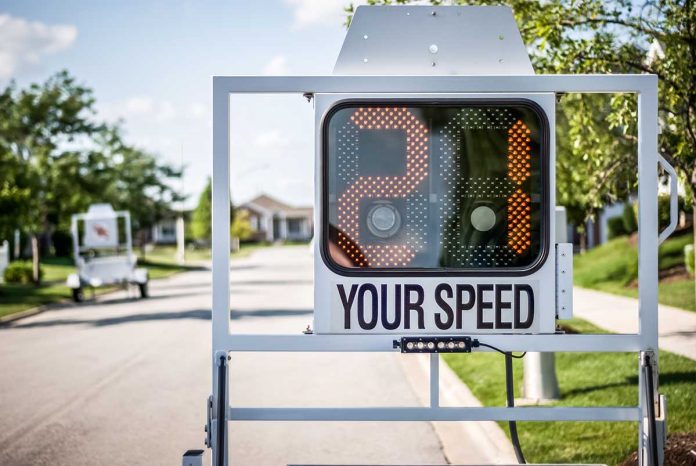Robert Gobeil
Canadian Agricultural Safety Association
MANITOULIN—Falls are a serious contributor to farm fatalities – in fact, falls from heights are one of the top 10 causes of fatalities in agriculture, according to Canadian Agricultural Injury Reporting.
Falls that are not fatal can often result in serious injury; even a minor fall resulting in a minor injury could lead to lost time and lost productivity. Ladders, scaffolding, barn lofts, grain bins, roofs, bales and farm machinery are examples of places where falls tend to occur.
Although there are slight differences in provincial legislation, it’s safe to say that working at any height greater than eight feet (or 2.44 metres) could cause serious injury. Using appropriate fall protection for the task is good practice. (Remember, depending on the surface you’re working over, you might want to use a form of fall protection at a much lower height. An example of this would be over a manure pit.)
It is important to train for working at heights, know the different types of fall protection and select the one that will work best for the task. Each system has advantages and disadvantages depending on the task being performed.
Fall protection includes any of the following:
• Guardrails – These are constructed along elevated walkways and work surfaces to prevent someone from falling to the surface below. Guardrails should be constructed so that they can take at least 200 pounds (or 90.72 kg) of force in any direction.
• Fall Arrest Systems – These systems consist of an anchor point, lifeline, shock-absorbing lanyard, rope grab (or similar) and harness. This system will catch a person if they fall.
• Fall Restraint Systems – These systems consist of an anchor point, lifeline, lanyard and harness. This system is commonly called a “dogleash” because the lifeline is only long enough for the person to get within one metre (or 3.28 feet) from the edge of the work surface. This system will not allow the person to fall.
• Safety Netting – These are meant to catch a person if they fall. These are not practical for farming operations.
When selecting the type of fall protection, ask:
What task will I be doing and how often will I be doing this work? Ongoing work may be best suited for a guardrail system. It allows for the most mobility between the guardrails but work outside of the guardrails would require a different form of fall protection. How much mobility do I need to do the work, and do I need to get to the edge of the work surface?
All fall protection components must be CSA-approved. The different types of components are as follows:
• Anchor point – This is the connection between the work surface and the lifeline. The work surface and the anchor point must be able to withstand a force of 5,000 pounds (or 2,270 kg).
• Lifeline – This is the connection to the anchor point. They come in various forms such as nylon rope, aircraft cable, or retractable units.
• Lanyard – This is connected to a lifeline. It may be shock-absorbing or fixed length. Shock-absorbing lanyards are used in fall arrest systems. They deploy and absorb much of the forces if a fall occurs. Fixed length lanyards are most often used as part of a fall restraint system.
• Rope grab – This is attached between the lifeline and lanyard in a fall arrest system. It is a mechanism that allows travel upwards but locks in place if a fall occurs.
• Harness – This is connected to the lanyard and worn by the person working at heights. For most general applications, this is usually a five-point nylon harness with a D-ring at the back. They come in different sizes and need to be adjusted properly when used. Some things to remember when adjusting the harness are that the D-ring should be positioned between the shoulder blades, the front chest strap should make a line between the nipples, the leg straps should be tightened so that they are quite snug (no more than 2 fingers to pass between the strap and leg), and remove all objects from your pockets. These could puncture your body or cut off blood supply if a fall occurs.
Fall protection components must be inspected before every use to ensure that they are in good condition. Do not use defective components – this could have serious consequences. Some examples of defects are: Cuts; welding splatter or burns; oil, dirt, and chemical stains; stretched or fractured D-ring; frayed stitching; broken buckles; missing components; and damaged or compromised anchor points.
All of this information may seem complicated, time-consuming and potentially costly, but it only takes one fall from heights to affect the future. A combination of internal policy, procedures, supervision, training and knowledge can make for a safe and successful operation.





